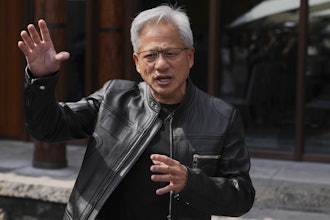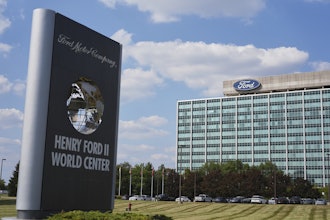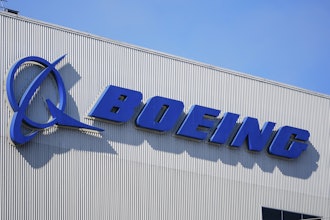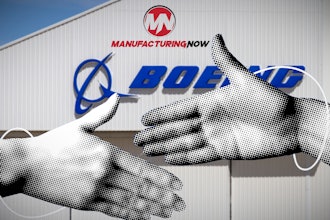
There is one word that is currently echoing its way through boardrooms and newsrooms: tariffs. Since the start of the year, tariffs have emerged as a dominant force in driving business discourse, keeping executives on edge and rapidly reshaping strategic priorities. As it is anticipated that the U.S. government will set tariff rates for most nations over the coming weeks, organizations worldwide are scrambling to modify procedures and processes in a bid to combat possible impacts.
The U.S. electronics industry, a sector heavily reliant on imported components for end-products, has been most impacted by tariff uncertainties in recent months. In 2024, the U.S. imported $478 billion of electrical machinery and electronics, one of the nation’s top imports. China, Mexico, and Vietnam, the main sources of these electronics imports, are now key countries in the spotlight as likely targets for tariff sanctions.
Tariff challenges for electronics manufacturers
Tariffs pose significant risks to the financial and operational stability of electronics manufacturers. They not only impact product pricing but also boost the potential to negatively impact manufacturing workflows, raw material availability, and supply chain stability. Most electronics manufacturers are not prepared to manage the impact of tariffs on their products or Bill of Materials (BOMs) due to several key challenges. This includes:
- Limited visibility into existing components: Most manufacturers have restricted insights into the tariff-relevant attributes of the electronic components currently leveraged within product production. A lack of clarity in components' country of origin and the harmonized tariff schedule (HTS) can impair sourcing decisions and cost assessments.
- Lack of real-time risk data: The absence of real-time risk data and intelligence at the supplier and part level is also cause for concern. Live data related to lifecycle status, obsolescence forecasts, and compliance with quality standards and environmental regulations, is essential for a rapid response in the event of tariff actions.
- Fragmented functions: The siloed operations between engineering, sourcing, and compliance teams makes the coordination of a robust tariff management strategy highly challenging.
Common tactics such as moving production to different regions and passive inventory adjustments will not offset risks due to the scale of tariff complexities.
Digital processes for clarity and control
As with many other operational challenges, digital transformation and technological innovation may be the key to building resilience against the operational destruction imposed by tariffs. Modernizing data capture, analysis, and action across supply chains is crucial. By shifting from manual, reactive workflows to automated, insight-driven processes enable teams to make quicker, more informed decisions and sustain competitiveness. Manufacturers must take a data-driven approach and adopt a clear framework based on high-quality, accurate information. This includes the implementation of new technology enriched with artificial intelligence (AI) and machine learning (ML), as well as the adoption of digital processes.
Component intelligence is essential for unearthing possible tariff exposures early in the design and sourcing process. AI and ML technology can aid this process by analyzing the unique attributes of each component within manufacturer’s databases and product lifecycles to surface patterns and risks. These technologies enable insights into supplier networks, helping organizations identify lower-risk alternatives and avoid overreliance on specific regions. Through the use of AI and automation, teams can also uncover high-risk components in their BOM and identify suitable substitutes.
The adoption of digital twins or advanced analytics platforms can also enable manufacturers to test alternate sourcing or manufacturing scenarios in the wake of a new tariff. A digital twin is a virtual model of a physical asset or process. For example, a digital rendering of an electronic end-product which maps out all the components within it. The process of conducting digital twinning allows organizations to conduct “what-if” simulations on an asset, such as tariff changes, geopolitical shifts, or supplier disruptions, to help make critical decisions in real-time or proactively stop problems from ever occurring.
Finally, manufacturers can also leverage digital tools to automate the tracking of regulatory changes, such as tariff updates, export controls, and regional trade agreements. Integrating these tools with enterprise resource planning (ERP) or product lifecycle management (PLM) systems allows for faster impact assessments and quicker adjustments to existing processes and product designs which help avoid costly compliance violations.
Digitalization for tariff management and beyond
In a digitally-driven economy, coupled with the ongoing complexities associated with impending tariffs, manufacturers operating with component data that is disconnected, inaccurate and not updated in real-time, significantly erode their business agility and ability to respond quickly to unforeseen operational changes and risks. Without digitized data flows, manufacturers will be susceptible to tariff disruption.
Teams must establish advanced analytics on components and their effect across product lifecycles to remain competitive. Leveraging AI to generate predictive insights can also help manufacturers address issues before they can manifest. By bolstering digital processes, electronics manufacturers can not only offset the risks of tariffs but also develop higher quality products, lower operational costs, and deliver more value to customers.
Tammy Max is the Director of Technical Content at Accuris.






















